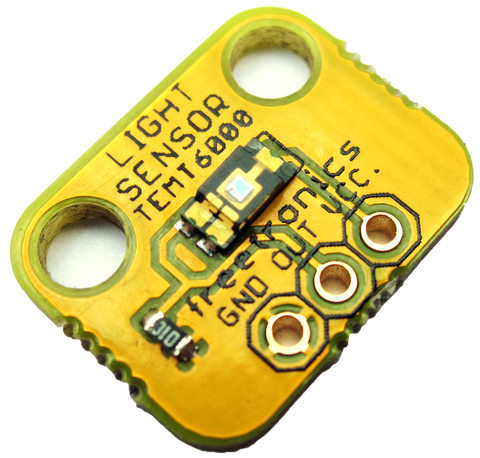Eagle-eyed readers may have noticed a new menu item appear near the top right of our site this morning when the Freetronics forum went live. Those with particularly sharp eyes may even notice that the first posts appeared in the forum yesterday - before we'd even linked to it! Last night while Marc and I were at the Melbourne Hackerspace we gave a couple of people a sneak peek, and once word got out the forum came to life before our eyes.
Our plan is for the forum to fulfill three main purposes.
First, we want it to be a convenient place to get support for Freetronics devices, both from Freetronics and also from the many talented members of the Arduino / Open Hardware community. We often find that we answer the same questions over and over again via email - which of course we don't mind doing, but unfortunately it means the answers we give to one person don't benefit anyone else. Covering support questions in a more public way will help all our customers by providing ready-made answers right where Google can find them.
Second, we hope that the forum is a place where Makers everywhere (but particularly Aussies and our cousins from over the Tasman Sea) can chat about whatever they happen to be working on. We've put in categories for 3D printing, random chit-chat, and a project showcase, but that's just to get the ball rolling. If there are other areas of interest that you think deserve their own dedicated category just let us know.
Finally, it's an opportunity for us to get to know you, and vice versa. We've met so many cool people through the Melbourne Hackerspace and events such as linux.conf.au and OSDC, and we love to hear about what people are working on. Freetronics isn't just a faceless company providing products for the market to consume: we're hackers / Makers ourselves, and we started doing this because it's what we love. Having an opportunity to meet people and be inspired by what their imaginations give birth to is what makes this all worthwhile.
So, come along to the Freetronics forum and say hi!















